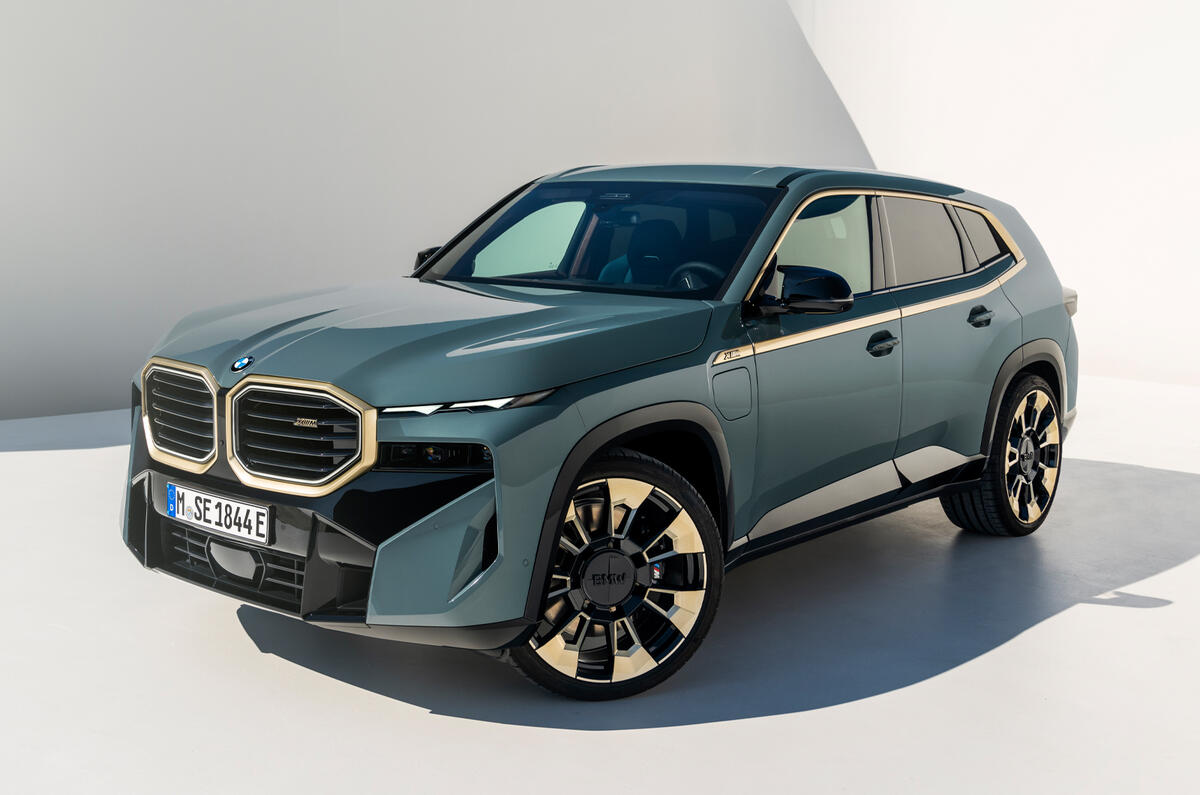Car makers have a habit of converging on a trend at the same time, and sustainability is one of the industry’s top buzzwords at the moment.
The talk is about producing more efficient cars in a less energy-intensive way, of using more recycled materials in the construction of cars and then ensuring that the cars themselves can be recycled. All of which is both necessary and admirable.




Add your comment